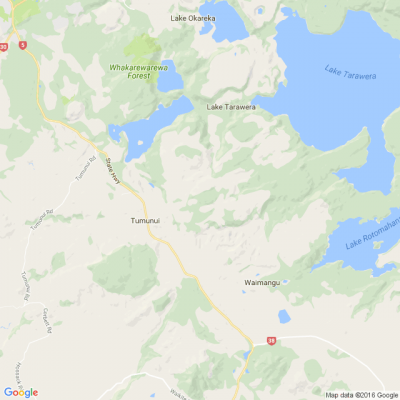
Know what’s happening
Access the private noticeboard for verified neighbours near you. Keep informed about any suspicious activity, send urgent updates to your neighbours when required and discuss emergency planning.
Get to know your neighbours
Browse the directory and start getting to know your neighbours. Don’t want to post to the whole neighbourhood? Send a private message.
Buy, sell and give away
Want to declutter your garage? Buy some used household items? Give away some garden stuff? Become a verified neighbour to browse and post items for sale. Trading is simple when everyone lives nearby.

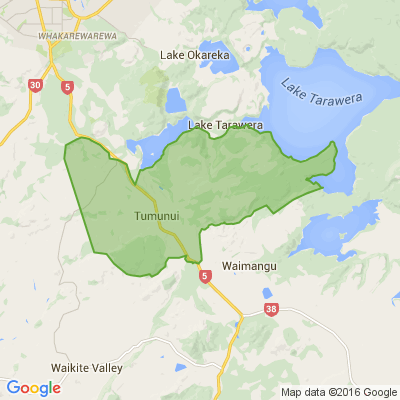
Bring out the best in the concrete you already have #resenetip
Rejuvenate or refresh the colour of concrete inside or out with Resene ConcreteWash, a wash of sheer colour that can help to warm up the look of concrete without the need to replace it.

Thank you for using Neighbourly
You may receive an email confirmation for any offer you selected. The associated companies will contact you directly to activate your requests.
The Team from Graeme Dingle Foundation Rotorua
Ngā mihi o te tau hou Māori e hoa mā! Happy Māori New Year!
We want tamariki and rangatahi across Aotearoa to shine as bright as Matariki does and we'll keep working hard to empower them to be the best versions of themselves.
Kanapa mai rangatahi mā - ngā rangatira mo … View moreNgā mihi o te tau hou Māori e hoa mā! Happy Māori New Year!
We want tamariki and rangatahi across Aotearoa to shine as bright as Matariki does and we'll keep working hard to empower them to be the best versions of themselves.
Kanapa mai rangatahi mā - ngā rangatira mo āpōpō!

The Team from Resene ColorShop Rotorua
Embrace a Modernist aesthetic with this simple chair decorated with Resene products.
Find out how to create your own.
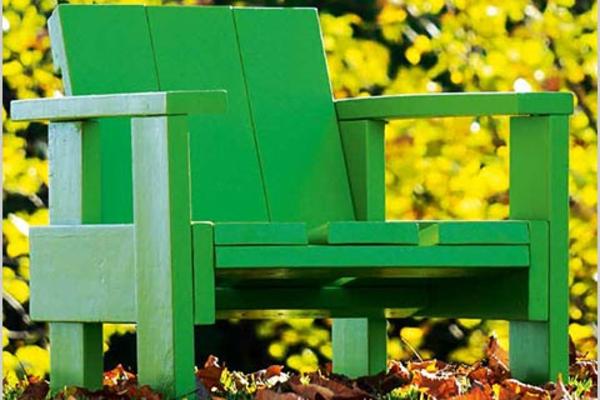
The Team from Neighbourhood Support New Zealand
This month we’re celebrating the diverse array of people who call New Zealand home. Regardless of our different faiths, abilities, cultures, ages, orientations and genders - we want to make sure that our communities are safe and welcoming for all.
There are many ways to take part! From hosting a… View moreThis month we’re celebrating the diverse array of people who call New Zealand home. Regardless of our different faiths, abilities, cultures, ages, orientations and genders - we want to make sure that our communities are safe and welcoming for all.
There are many ways to take part! From hosting a multicultural potluck or film screening to providing prevention information / resources in other languages, there are thousands of ways big and small to make our households, neighbourhoods, schools and businesses even more inclusive. It could even be as simple as learning from a neighbour how to say ‘hello’ in their first language or ensuring local footpaths are clear and accessible.
Want to share your thoughts? Let us know how you’re creating inclusive communities this month by tagging us in your social media posts or emailing us your photos, videos, or experiences to:
info@neighbourhoodsupport.co.nz

A recall has been issued for Pavillion brand Beef and Gravy Pies due to the presence of an undeclared allergen.
The recall comes after a packaging blunder led to Beef and Cheese Pies being contained in Beef and Gravy Pies wrapping.
Here's what you need to know:
- Consumers with a milk … View moreA recall has been issued for Pavillion brand Beef and Gravy Pies due to the presence of an undeclared allergen.
The recall comes after a packaging blunder led to Beef and Cheese Pies being contained in Beef and Gravy Pies wrapping.
Here's what you need to know:
- Consumers with a milk allergy or intolerance should not consume this product.
- Products affected include those with a best before date marking of August 16 2022.
- The pie's batch marking is 16022 for outer packaging and 16023 for individual pies.
- The product was sold in supermarkets throughout New Zealand.
Individuals with a milk allergy should return the product to their retailer and email sales@pavillionfoods.co.nz or call 021 365 006 for a full refund. Any other concerns can be directed to Gluten Free Holdings Ltd on 021 365 006.
For more information, please visit the New Zealand Food Safety website.
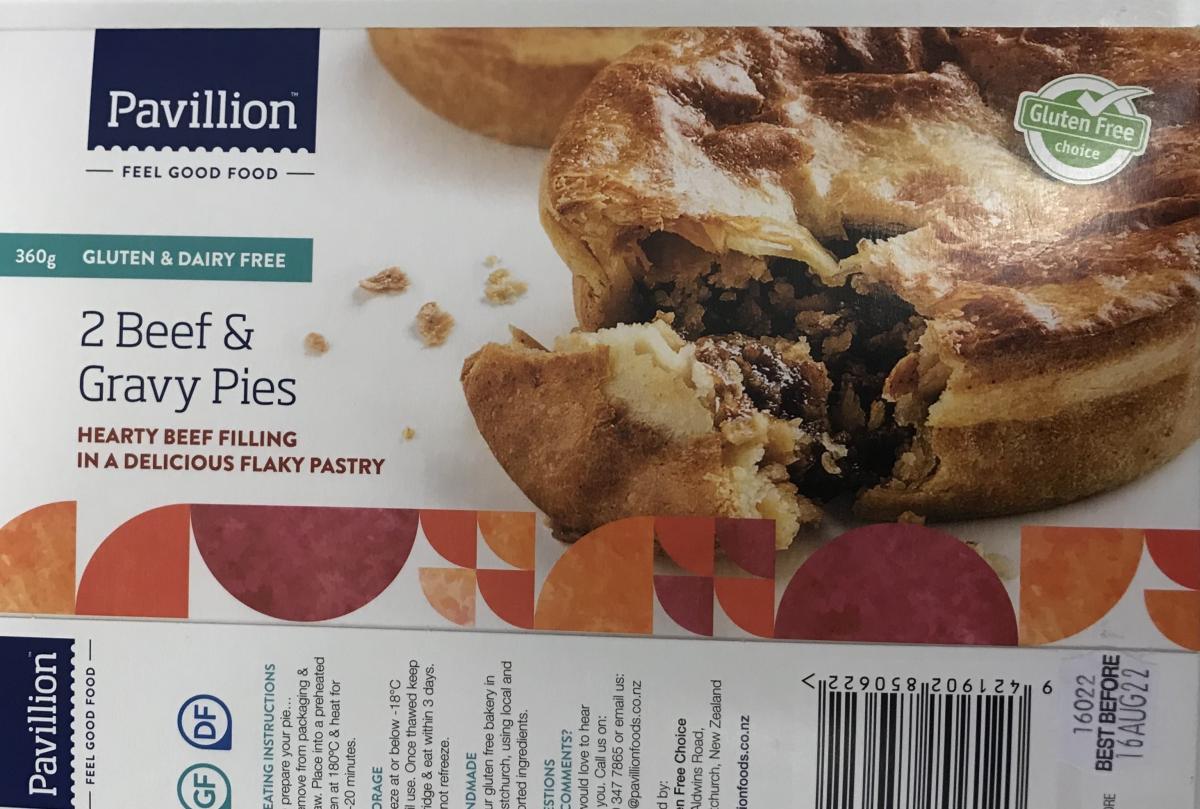
Robert Anderson from Curtain Clean Rotorua
Don’t shiver in silence! Use these 5 simple (and cheap) techniques to warm up your home and stay toasty this winter.
Quick Summary
• Open curtains in the day, close them at night
• Make and use draft excluders
• Install window insulation films or use bubblewrap
• Keep furniture away… View moreDon’t shiver in silence! Use these 5 simple (and cheap) techniques to warm up your home and stay toasty this winter.
Quick Summary
• Open curtains in the day, close them at night
• Make and use draft excluders
• Install window insulation films or use bubblewrap
• Keep furniture away from heat sources and use rugs/blankets to insulate the floor
• Use as few rooms as possible and close off the rooms you aren’t using
1) STRATEGIC CURTAIN USE
After double-glazing, curtains are the next line of defence against the chill of winter. Thermal lined ones are best, and floor-to-ceiling ones provide a good ‘seal’ of warmth.
However, it’s also important to know when to open and close these curtains to get maximum effectiveness out of them. Generally, when the sun is up, keep the curtains open to let the sunlight and warmth in. As soon as the sun goes down, close them to trap that heat in overnight.
The advanced version is:
• In the morning, have north-facing and east-facing curtains open. Keep south-facing curtains closed throughout the day.
• In the afternoon, close the east-facing curtains and open the west-facing curtains. Keep the north-facing curtains open throughout the day.
• Once the sun sets, close all the curtains (including the north-facing ones).
• Repeat in the morning.
Curtains aren’t just for windows either! Pinning a rug or blanket over an external door can help give it an insulation boost too. Pro-tip: cover up pet flaps in the same way.
2) MAKE (AND USE) DRAFT EXCLUDERS
Draft excluders are long pieces of thick material, usually in the shape of a sausage, that are placed at the bottom of doors to keep the cold out and the warm in. You might be surprised at how much of a difference blocking even a small gap can make!
Keep reading: www.curtainclean.co.nz...
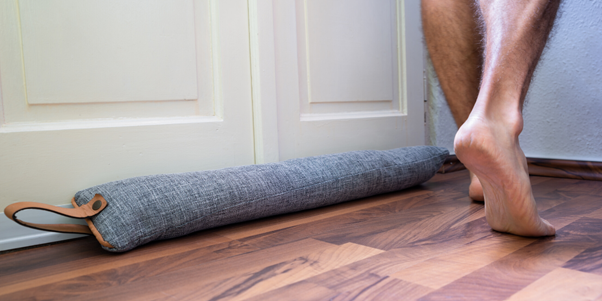
Robert Anderson from Curtain Clean Rotorua
Humans have enjoyed wool for over 10,000 years and it continues to be a coveted textile in both high end fashion and interior design due to its many qualities. Here we deep-dive into the wonderful world of wool, sharing the tale of this ancient fibre’s origin, production and inherent attributes. … View moreHumans have enjoyed wool for over 10,000 years and it continues to be a coveted textile in both high end fashion and interior design due to its many qualities. Here we deep-dive into the wonderful world of wool, sharing the tale of this ancient fibre’s origin, production and inherent attributes.
ORIGIN
Britain is said to have lead wool manufacturing through spinning and weaving pre 1900 BC, a skill highly prized beyond their shores. Sheep were first exported beyond Europe to South Africa, New Zealand and Australia toward the very end of the 1700s. We have had a long time to accustom ourselves to the incredible natural qualities of wool and it is quite literally woven in to our trading, cultural and farming histories.
How does wool come to be? Fleece is shorn from sheep annually with a new fleece produced every year (unless you are Shrek the Sheep, who avoided shearing for 6 years – once finally caught in 2004 he produced enough wool for 20 large men’s suits, or 27 kg… blimey!). Once shorn, fleeces are thrown clean side down onto a wool table, skirted (a process to remove undesirable parts of the fleece), folded and rolled to determine class by a qualified wool classer. Bales of wool are then sent to be scoured, a bathing/cleaning process to remove dirt and impurities such as sweat and vegetable matter. Quality is determined by diameter, crimp, yield, colour and staple strength. Finer wools are used for apparel manufacture and heavier for soft furnishing textiles and carpets/rugs.
There are a wide variety of ways to process wool in to differing yarns, including worsted – a very fine yarn spun from carded wool producing a lustrous and smooth product especially suited to apparel. You may also be familiar with felted wools which are produced with heat, pressure and moisture compressing the fibres, entangling them together into a matted textile with a dense, ‘foamy’ or almost spongy appearance and feel. The woollen system of preparing carded wool for spinning ensures short fibres are retained, sometimes requiring combing. Wool can be spun to yarn on its own, or in conjunction with other fibres which can add desirable qualities and attributes to the finished fabric.
Despite a reputation as a land of sheep, New Zealand is actually the 4th largest producer of wool, with the top spot being taken out by Australia, responsible for 25% of global wool-clip. International wool production is about 2 million tonnes, 60% of which is apparel. Approximately 3% of the international textile trade is comprised of wool. We would like that number to be a little higher!
RENEWABILITY
A natural fibre similar to human hair, wool is made of keratin and therefore readily biodegradable. As long as there is grass to graze on, sheep will continue to produce fleece, making it an ideal renewable fibre. Safeguarding the environment is part of the important work undertaken by woolgrowers to guarantee future production and industry longevity. Due to the high quality and durability of wool, woollen products have wonderful longevity and it is also excellent for re-use and recycling. In some instances, wool products can be returned from the interior and fashion sectors to be carded and re-spun in to yarn for re-weaving – an excellent way to reduce waste and extend the life of the material. Because of its hardy nature, when properly looked after, wool has a longer lifespan than many other fibres - if you have ever visited an antique/vintage/mid-century furniture trader, you will often find original wool and wool blend upholsteries still going strong even after a few lifetimes, albeit in need of a good clean!
Keep reading: www.curtainclean.co.nz...
Advertise your entry-level and apprentice roles with Competenz through our free online job board, we have pre-qualified and motivated jobseekers ready to match with your organisation.
Find your next apprentice with Competenz!

Nature is far too beautiful to be kept outside. Create a haven in your home with the Resene Willow Wallpaper Collection. With designs to help you relax, recuperate and revive, this collection will help make your house a home.
View the full Resene Wallpaper Collection at your local Resene … View moreNature is far too beautiful to be kept outside. Create a haven in your home with the Resene Willow Wallpaper Collection. With designs to help you relax, recuperate and revive, this collection will help make your house a home.
View the full Resene Wallpaper Collection at your local Resene ColorShop or get a taste of the latest releases online
Find out more
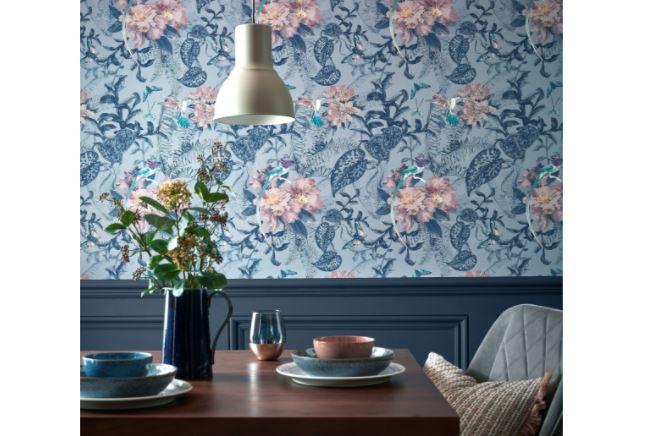
The Team from Graeme Dingle Foundation Rotorua
To end our celebration of volunteer week, we thought we'd share a few ways you can volunteer for the Graeme Dingle Foundation. Every bit of support helps make a difference in a young person's life 💚
Click the link below to find out more.
The Team from Resene ColorShop Rotorua
Be entertained by feathered friends enticed to your garden by making your own bird feeder painted in favourite Resene colours. Find out how to create your own.
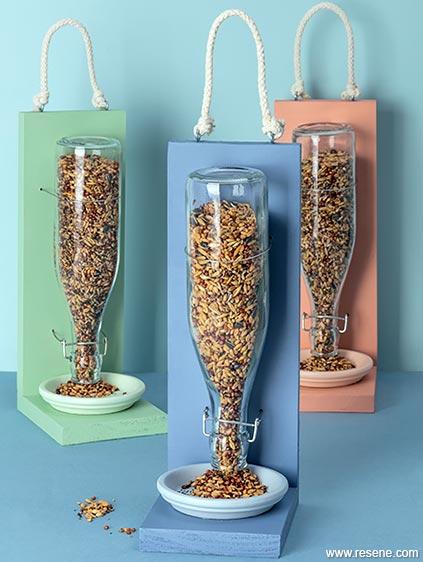
Robert Anderson from Curtain Clean Rotorua
How do you know it’s winter? When the windows start dripping. While it might seem like just another staple of New Zealand homes, you don’t have to put up with a pool of water at the bottom of your windows every morning.
How condensation forms and why it matters: Condensation is the result of… View moreHow do you know it’s winter? When the windows start dripping. While it might seem like just another staple of New Zealand homes, you don’t have to put up with a pool of water at the bottom of your windows every morning.
How condensation forms and why it matters: Condensation is the result of water warming up, evaporating, then turning back into a liquid once it touches a cold surface. You know when you breathe onto a mirror and you can use your finger to write messages in the remaining mist? That’s condensation. The same thing happens with the moist air in your home and your cold windows.
What's the big deal about moisture anyway? Moisture doesn’t just make your home feel cold and damp, it causes mould too. Mould has all sorts of nasty effects on your health and it thrives in wet environments.
The condensation on the inside of your windows is a good indicator that there is too much moisture in your home. You can get accurate readings from a ‘hygrometer’; a cheap little device that you can get from many hardware stores that tells you exactly how humid the room is.
Ideally, you’d use one in each room of your house over the course of a few days to get an idea of which room is in most need of attention. If the reading is over 65% relative humidity and below 18 degrees Celsius, it might be time to take the following steps, depending on the room.
Kitchen
Boiling water and cooking kai releases up to 3 litres of water every day---it’s one of the worst offenders in the fight against wet windows. Doing the dishes isn’t much better, contributing up to 1 litre per day. To reduce the impact, remember to:
• Keep the extractor fan on. Your range hood should be larger than the cooking surface it’s venting, and should be venting directly outside---not to the roof space. Otherwise, it might end up damaging the insulation and internal roof structures. If you’re renting and the extractor fan doesn’t tick those boxes, it’s worth discussing with your landlord. They don’t want moisture or mould in your home either.
• Keep pots covered. If you’re boiling potatoes, pasta or just making a cup of coffee or tea, keep the lid on while the water heats up and while the contents cooks. Not only does this keep the steam inside, it also means the water boils faster---less energy used, a lower utility bill, and a faster dinner!
BATHROOM
Don’t worry, cleaning your teeth isn’t spreading moisture into the air, no matter how vigorously you scrub. But the bath and the shower certainly are, with each person releasing 1.5 litres of water per day with their washes.
Keep reading: www.curtainclean.co.nz...

Lorna Thornber Reporter from Stuff Travel
Hi everyone,
We're looking into how some common claims about NZ stack up and would be interested in your thoughts on whether New Regent Street in Christchurch deserves its title of 'NZ's most beautiful street'. Do you think it is the best-looking street in the country? Or is … View moreHi everyone,
We're looking into how some common claims about NZ stack up and would be interested in your thoughts on whether New Regent Street in Christchurch deserves its title of 'NZ's most beautiful street'. Do you think it is the best-looking street in the country? Or is there another street you think is more beautiful? Please put 'NFP' (not for publication) in your comment if you do not want it included in an article. Thanks for taking the time to share your thoughts.
24 replies (Members only)
Angela Quigan Reporter from Stuff
Hi neighbours,
Ever wondered why we cover the stories that we do? Or what our policy is on swear words on Stuff? What about why the homepage greets you with 'Kia ora, Aotearoa!' and not 'Hello, New Zealand!' ?
The Backstory is an occasional email newsletter giving you … View moreHi neighbours,
Ever wondered why we cover the stories that we do? Or what our policy is on swear words on Stuff? What about why the homepage greets you with 'Kia ora, Aotearoa!' and not 'Hello, New Zealand!' ?
The Backstory is an occasional email newsletter giving you behind-the-scenes insight into stories and newsroom decisions, from Stuff Editor Patrick Crewdson. It's sent every one to two weeks and it's free!
Sign up here.
If there's an element of Stuff's operations you'd like the inside scoop on, email Patrick with suggestions here.

58 replies (Members only)
Want to grow your knowledge and skills to boost your career options?
We can help you develop your skill set with one of our courses in Team Leadership, Adminstration & Technology or Money Management.
Enrolments are now open with classes starting in July 2021. Don’t miss out! … View moreWant to grow your knowledge and skills to boost your career options?
We can help you develop your skill set with one of our courses in Team Leadership, Adminstration & Technology or Money Management.
Enrolments are now open with classes starting in July 2021. Don’t miss out! Sign up today.
Find out more

 Loading…
Loading…
Are you sure? Deleting this message permanently removes it from the Neighbourly website.
 Loading…
Loading…
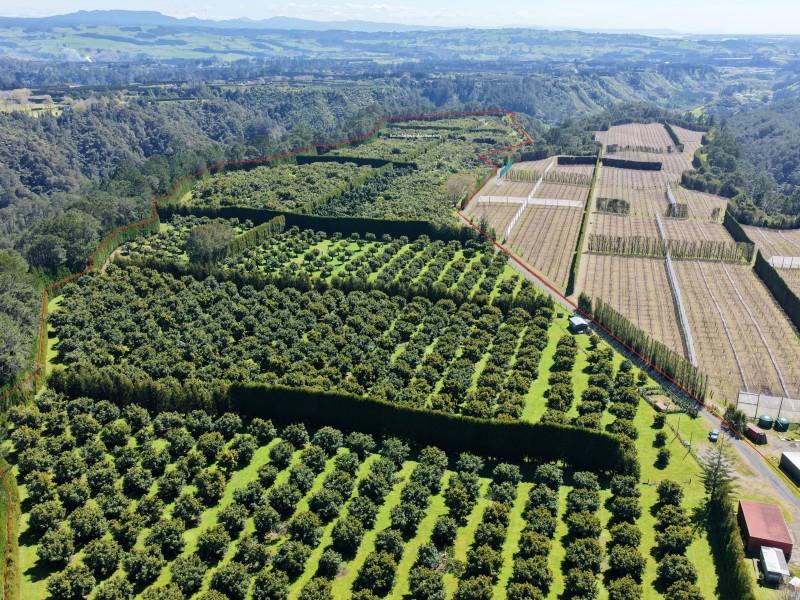
 Tender
Tender



 Marketed by Brett Ashworth
Marketed by Brett Ashworth

 Buyer Enquiry Over $680,000
Buyer Enquiry Over $680,000


 Marketed by Anny Nicholson
Marketed by Anny Nicholson

 $849,000
$849,000



 Marketed by Michelle Stephenson
Marketed by Michelle Stephenson

 $1,750,000 + GST (if any)
$1,750,000 + GST (if any)



 Marketed by Lindy Nelson Parker
Marketed by Lindy Nelson Parker
© Neighbourly 2025
